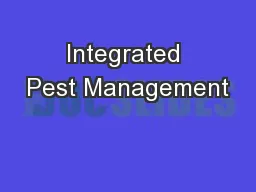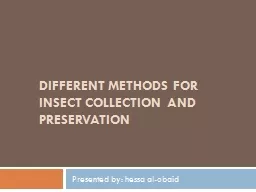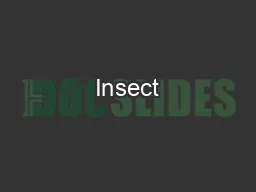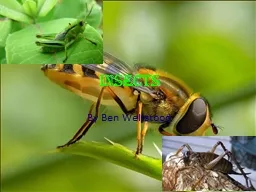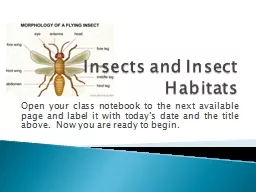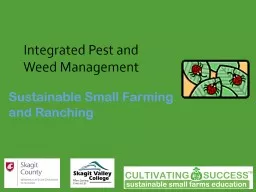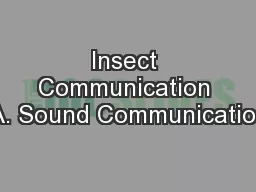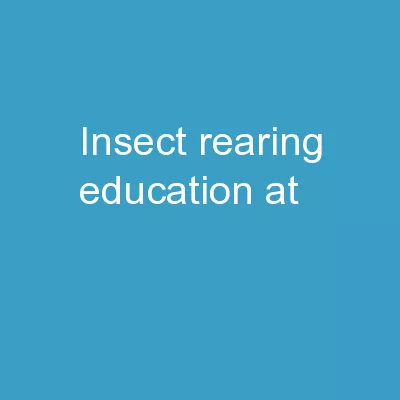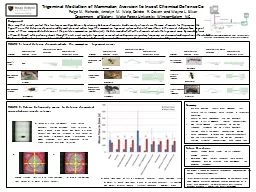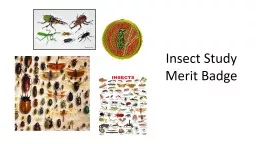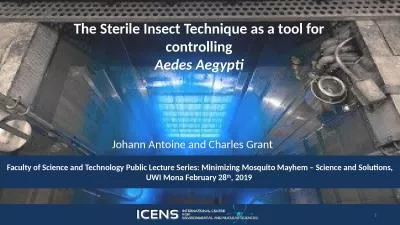PPT-Insect Notes
Author : conchita-marotz | Published Date : 2016-09-14
Centipedes millipedes and Insects Centipedes Class Chilopoda centipedes land forms with somewhat flattened bodies that may contain from a few to 177 segments Each
Presentation Embed Code
Download Presentation
Download Presentation The PPT/PDF document "Insect Notes" is the property of its rightful owner. Permission is granted to download and print the materials on this website for personal, non-commercial use only, and to display it on your personal computer provided you do not modify the materials and that you retain all copyright notices contained in the materials. By downloading content from our website, you accept the terms of this agreement.
Insect Notes: Transcript
Download Rules Of Document
"Insect Notes"The content belongs to its owner. You may download and print it for personal use, without modification, and keep all copyright notices. By downloading, you agree to these terms.
Related Documents


